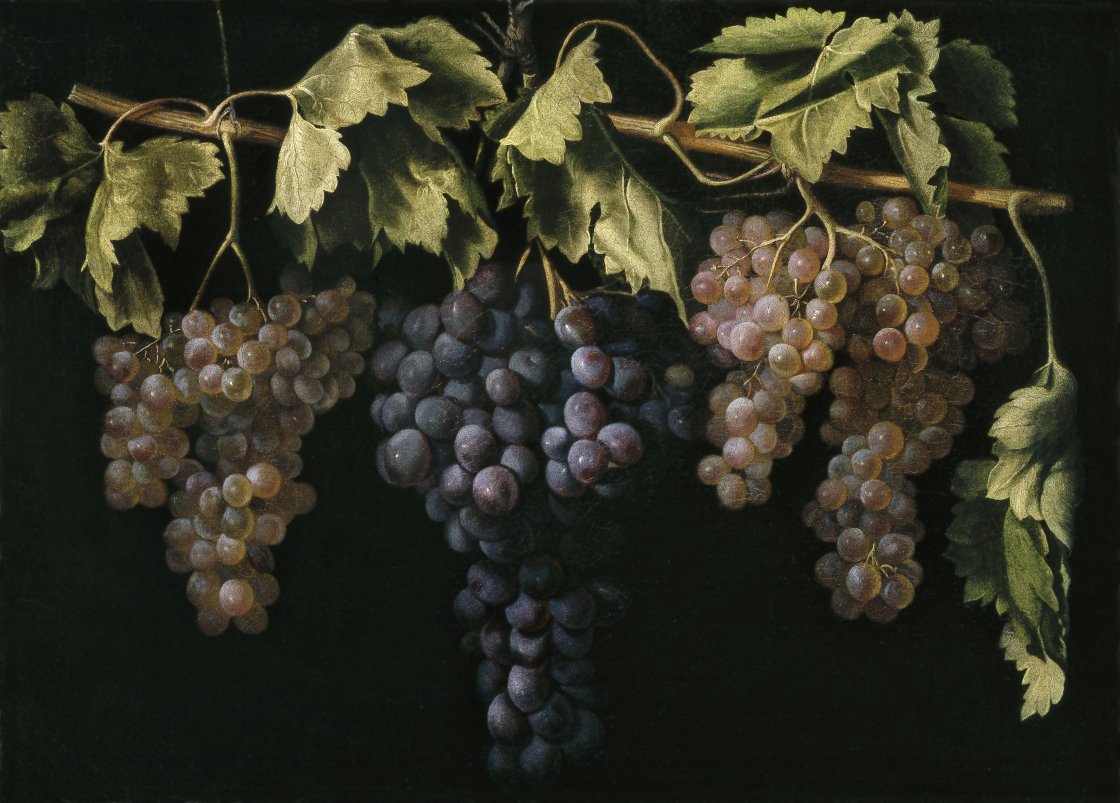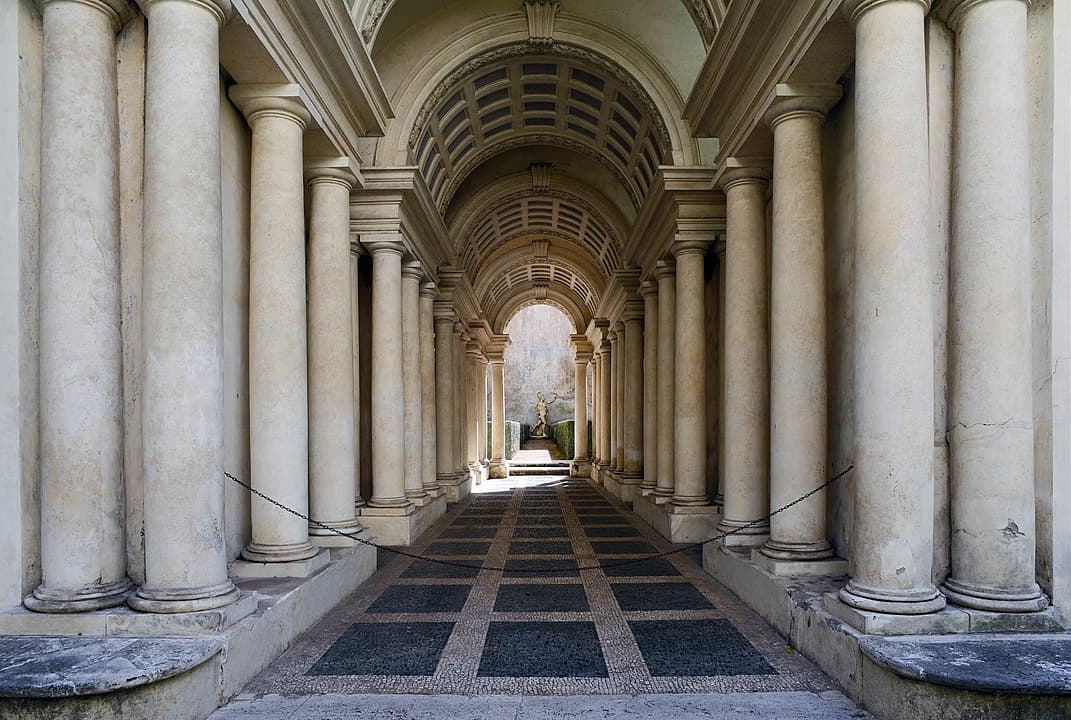Artists have always gauged their ability with the challenge of painting images that are so real as to be impossible to distinguish from reality. Just think of the famous "confrontation" between Zeuxis and Parrhasius as told by Pliny the Elder in his Naturalis Historia: «It is said that Parrhasius was drawn into a competition against Zeuxis, who presented a painting of a bunch of grapes: they were so realistic that birds flew down onto the scene. Parrhasius, on the other hand, painted a drape that was so realistic that Zeuxis - uplifted by the judgement of the birds - urged him to remove it, so that he could see the painting. But as soon as he realised his mistake, and with a modesty that revealed his noble nature, Zeuxis admitted that Parrhasius deserved the prize. If Zeuxis had managed to fool the birds, Parrhasius had managed to fool him, an artist».
The literal translation of the French term trompe l’oeil is «fooling the eye»: trompe l'oeil is, in fact, a «painting genre aimed at representing a material reality such that it creates a three-dimensional illusion and, as a result, the texture of the images represented», in the words of the Treccani Encyclopaedia. The Hyperreal. The Art of Trompe l’Oeil exhibition at the Thyssen-Bornemisza Museum in Madrid focuses on this kind of painting and brings together more than one hundred works - spanning a period from the XV to the XXI century - presented not in chronological order but according to theme and composition similarities, like still lifes or the painted frames from which figures "protrude", as in the case of Pere Borrell's Escaping Criticism (1874).
After the golden period of the Renaissance and Baroque, trompe l'oeil entered a period of crisis during Romanticism, but never completely disappeared: between the XIX century and the start of the XX century, it enjoyed new lease of life in the United States, unveiling a wide variety of styles and compositions: some works are full of painted objects, others make their mark through their simplicity, but their one common denominator is the ability to catalyse the attention by inviting observers to explore every single detail on the canvas.
In order to fool the eye, artists have made use (and continue to do so) of the laws of optics and perspective, of the reproduction of the frames and architectural elements like walls, niches and columns, and of expertise on materials and surfaces. All these tools and tricks that create the trompe l'oeil are held together by light. It is the key to bringing life to the illusion of reality - different from the imitation of reality: it is the element that reinforces the pretence and amazement in front of a canvas.
The light models the still life volumes, tearing away the elements from the depths of darkness, as is the case with Still life with four bunches of grapes by Juan Fernández “El Labrador” (c. 1636).

Juan Fernández “El Labrador”, Still life with four bunches of grapes (c. 1636)
© Archivo Fotográfico. Museo Nacional del Prado. Madrid
Or it creates shadows, projecting the figures into a fictitious space, as in the case of Jan van Eyck's
Diptych of the Annunciation (1433 - 1435).
Light, combined with a clever use of perspective, makes trompe l'oeil works genuine visual games that project outside of the finished space on the canvas and invade the surrounding area, enthralling observers and encouraging them to be a part of the illusion.
An illusion that is not just about painting, but also about architecture: a magnificent example of trompe l'oeil is Palazzo Spada in Rome, and more specifically, Francesco Borromini's perspective gallery. The difficulty posed by a very small space was overcome by using the principle of solid accelerated perspective: the side walls are not parallel but converging, as is the mosaic floor - that "rises up" towards the end - and the gallery ceiling - that gradually lowers. This way, the different levels converge into a single vanishing point: the observer's eye perceives a gallery that is between 30 and 40 metres long, while in reality it only measures 8.82 metres.

CC BY-SA 4.0 Livioandronico2013
Again in this case, light plays a key part: the columns emerge from the shadow, guiding the viewer's gaze towards the vanishing point and a bright garden of melangolia.